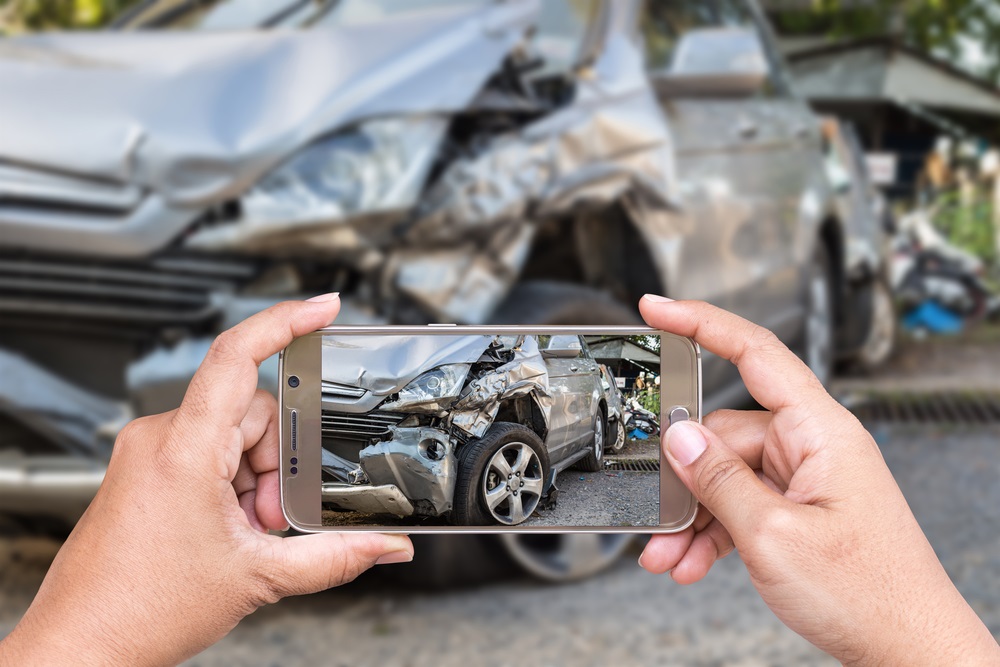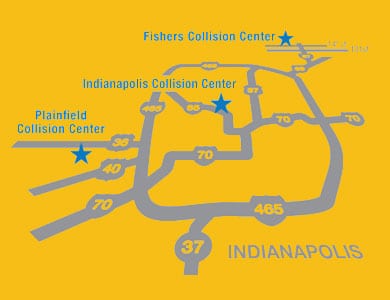
Accidents happen. We don’t want it to happen to you, but sometimes drivers can’t control the situations that may arise while they’re driving. Driving can be unpredictable, especially when we’re unable to anticipate our fellow drivers’ moves. They can happen anytime and anywhere, including while running your errands in the Plainfield, Indianapolis, Bloomington, or Fishers areas or when commuting to work on the highway.
Sometimes these auto accidents are caused by our distraction from the road and sometimes other drivers are at fault, but how is the fault determined. However, the age-old question arises from these unfortunate events; how is fault determined when an accident happens? At Andy Mohr Collision Center, we can break things down, so you better understand and we can also help in the event that you’ve been involved in one.
Tips for the Scene of the Accident

When you live in an “at-fault” state, such as Indiana, fault will be determined in motor vehicle collisions and at this point a police report will largely come into play. There are several key hints to remember before fault has been determined in your accident.
- Don’t Admit Fault – Even if you know you were looking at your phone or you were focused on the radio, don’t say any such thing aloud when at the scene of your incident.
- Call the Police – Even if it is just a small fender bender, you’re going to want to phone 911. Seatbelts and airbags can do unseen damage so you’ll want to get checked out, just in case. In addition, a police officer will walk the scene, ask questions, and fill out a report.
- Take Photos – Document the damage to your car and any other vehicle involved so you’ll have it for future reference.
Who Is at Fault?
Determining fault essentially means finding that one party was more negligent than the other in your motor vehicle incident. In most rear-ending cases, the driver who struck the car in front of them is the one at fault, but this isn’t the case in every accident.
Your insurance company and the insurance company of the other driver will determine why the accident happened in the first place. Depending upon your state’s laws, you may be considered totally at fault, only partially at fault, or you may split the blame 50/50 with the other driver. This ruling will be determined by your insurance company based on several factors, including the police report.
What Does Fault Mean?

When determining fault in an accident, most of the decision centers around whose insurance company will cover the damages done during the collision. For example, if the accident is determined to be entirely your fault, then your insurance company will cover any medical bills, car repair, and rental bills associated with the other driver’s vehicle.
However, if the accident is deemed the fault of the other driver, their insurance company will cover the repairs to your vehicle. What sometimes happens, although, is that drivers choose to use their own insurance benefits to cover the repair and then collect the reimbursement from the other insurance company in order to get a head start on the repairs, especially if their policy does not cover a rental car.
We Can Help
No matter who is at fault, we can help with any necessary repairs. Here at Andy Mohr Collision Center, we offer four convenient locations to serve you and each one is staffed with a full-time of well-trained and highly certified service technicians who can perform every necessary task from paint jobs to frame repair. Your accident in the Plainfield, Indianapolis, Fishers, or Bloomington area can be easily handled.
Related Posts
How to Determine the Extent of Damages in a Car Accident
What to Expect from Appraisals After an Accident


